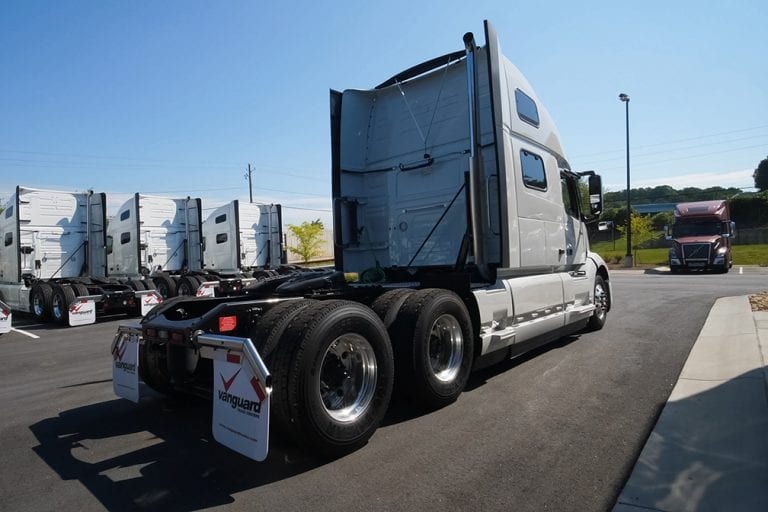Despite a production slowdown — attributed by many analysts to a shortage of semiconductors and other necessary components — preliminary figures from both ACT Research and FTR show North American net orders of Class 8 trucks at or above the 40,000 mark. Final data from both ACT and FTR will be available later this month.
Analysts at ACT showed 40,000 units ordered, a 10% drop in orders compared to February but a whopping 424% increase from March 2020, when the COVID-19 pandemic truly gained a foothold in North America.
“Despite retrenching from February, Class 8 demand remained strong in March, well above replacement and even anticipated economic growth, let alone the industry’s ability to keep pace in the current supply chain constrained environment,” said Steve Tam, vice president of ACT.
FTR’s preliminary report shows 40,800 Class 8 trucks ordered during March, setting a record sixth consecutive month that exceeded the 40,000-unit threshold. FTR recorded a 9% month-over-month drop in orders, but noted that March 2021 figures exceed March 2020 by 33,000 units.
Significantly more trucks are needed to handle the impressive freight growth generated by the economic recovery and government stimulus. However, truck production continues to be substantially limited by shortages of semiconductors and various other components. Fleets continue to order in large quantities to secure trucks for future needs.
“There is tremendous pent-up demand being generated due to the constrictions on supply,” said Don Ake, vice president of commercial vehicles for FTR. “The pressure in the market is building, as orders continue to flow into OEMs at a record pace. To have this level of orders roll in for half a year is impressive and unprecedented.”
Tam pointed to an increase in consumer buying, fueled by President Joe Biden’s $1.9 trillion stimulus package, as a factor in the need for additional commercial vehicles.
“Fanning the flames of an already robust economy, $1.9T in additional stimulus has started filtering its way into consumers’ pocketbooks,” Tam noted. “In addition, the prospect of a $2T infrastructure bill has consumers and businesses setting their sights higher for both the near- and mid-terms. And, included in that outlook appears to be a need for an increasing number of commercial vehicles.”
Ake noted that shortages of semiconductors and other parts are creating backlogs throughout the trucking industry.
“The component shortages of semiconductors and other parts are causing problems throughout trucking. Fleets desperately need many new trucks right now to keep up with demand, but production throughput is being constricted. It appears the industry will be playing catch-up well into the first half of next year,” Ake said.
The Trucker News Staff produces engaging content for not only TheTrucker.com, but also The Trucker Newspaper, which has been serving the trucking industry for more than 30 years. With a focus on drivers, the Trucker News Staff aims to provide relevant, objective content pertaining to the trucking segment of the transportation industry. The Trucker News Staff is based in Little Rock, Arkansas.















Do you have any reports that show the Truck Manufacturing output by manufacturer?